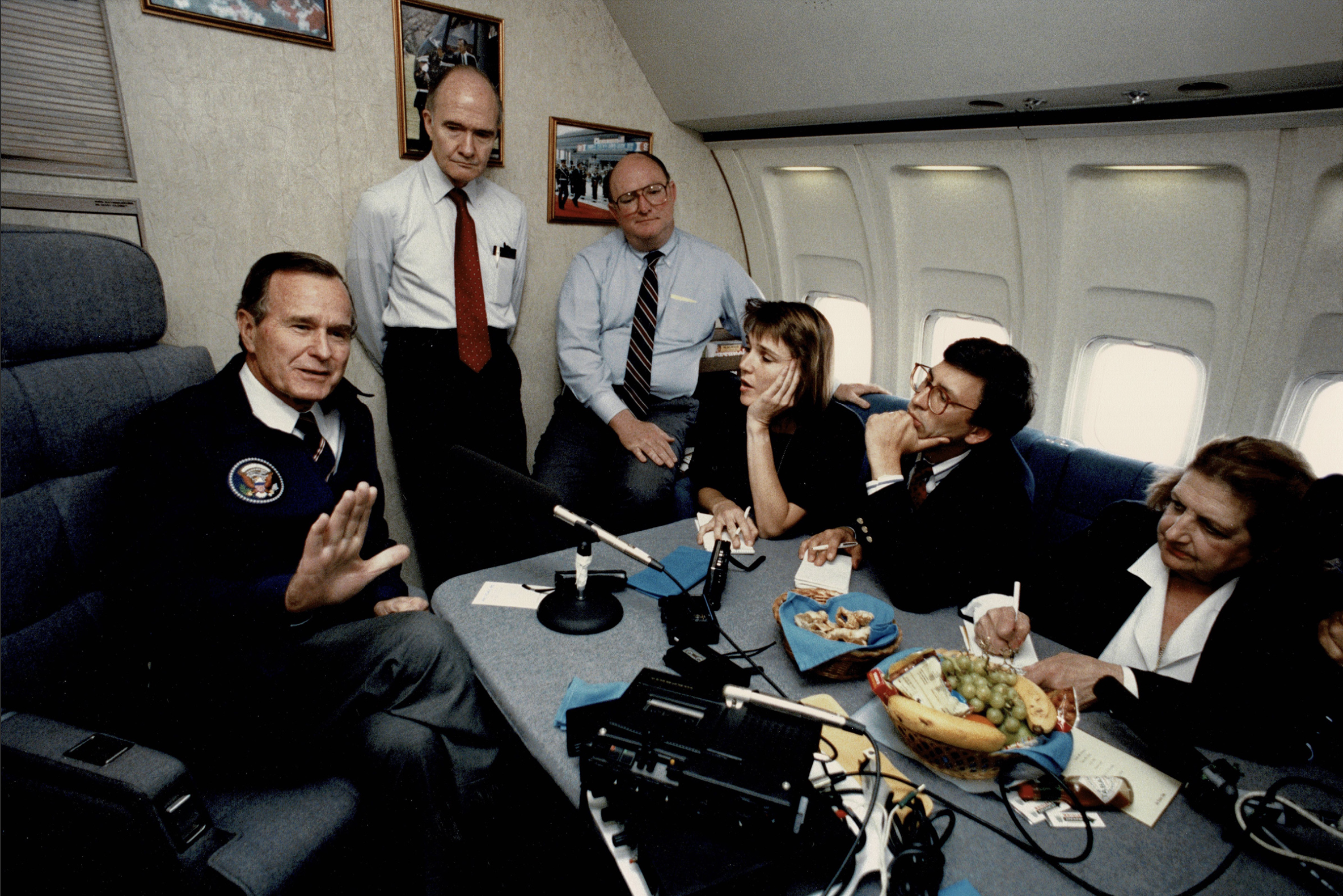
Photos courtesy Frank Sesno

Photos courtesy Frank Sesno
In 2009, Emmy Award-winning reporter Frank Sesno disrupted his own life when he first started the project Planet Forward on public television. He had been a professor of Media and Public Affairs at George Washington University since 2006, while also being a special correspondent for CNN. Before that, he had been with CNN for over 17 years, where he did some significant work both on and off screen. However, Sesno always found the environmental beat more interesting and wanted to do something creative and different with it. Sesno enjoyed writing as a high school student: “It’s fun how you can put words together and create an idea,” Sesno, who wrote for his high school newspaper, said in an interview. Of course, little did he know then that he would one day inspire an entire generation of young environmental storytellers through his project.
As Sesno observed the world around him changing, he sensed the need for effective environmental science communication and awareness by covering some amazing stories. Sesno believes that stories speak to people.
“You give a person a piece of data and maybe they’ll remember it or memorize it,” Sesno said. “But embed that data in a story and people will remember it — and understand the context of why it matters.”
Sesno wanted to find a vehicle where students learn and participate. “A place where we could engage faculty and researchers to be on the frontline of knowledge,” he said, explaining his vision. “A place where I could use my media skills and push ideas out to the wider world.” Hence came the idea for Planet Forward in 2006.
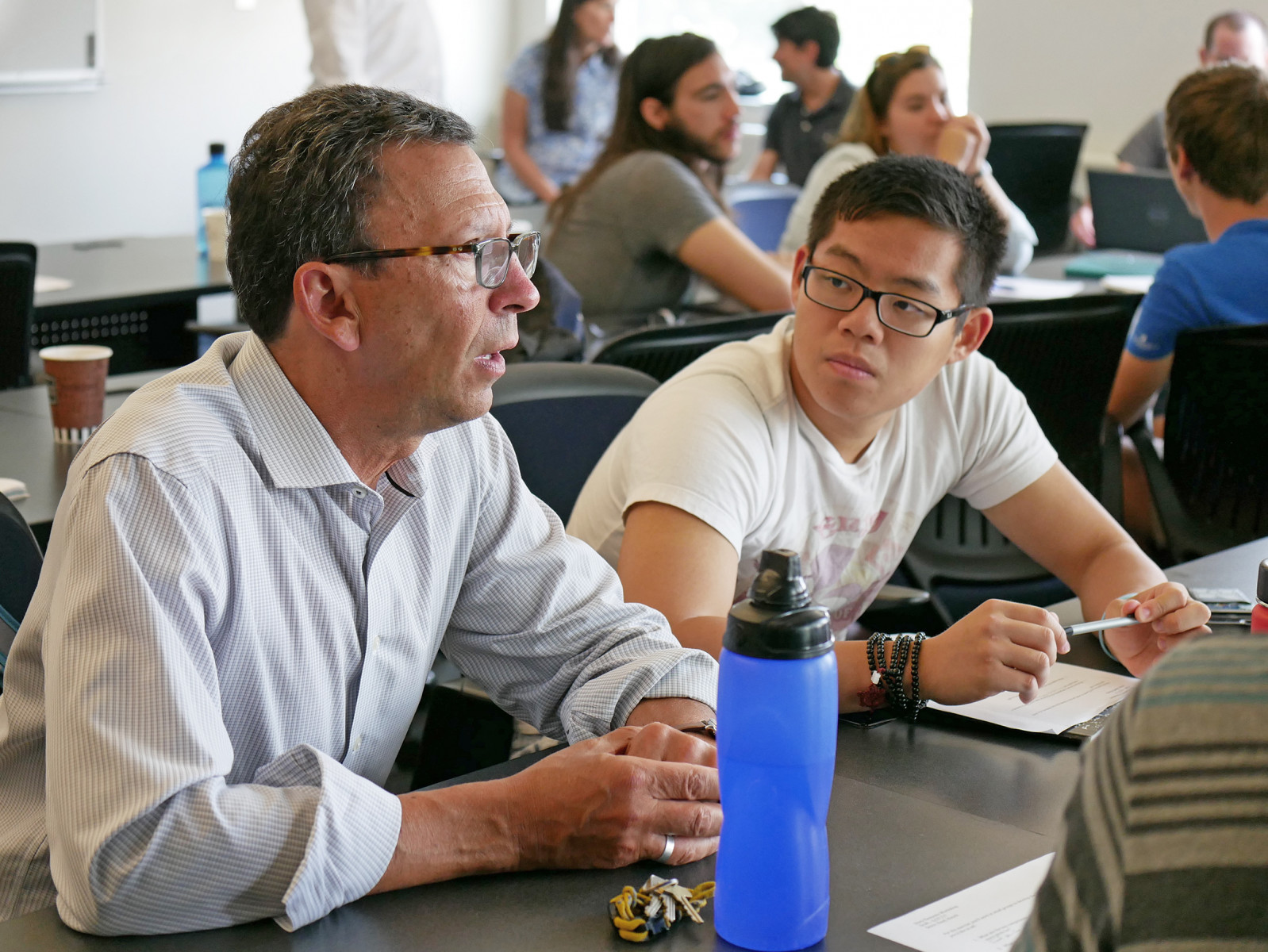
He always believed that student-generated content came from both the heart and the head, looking back to his time as a student storyteller. Sesno went to Wilton High School in Wilton, Connecticut, where he, at the age of 15, was writing about numerous controversial topics. In fact, he soon became the co-editor-in-chief of his high school newspaper and was invited to speak to the board of education about an op-ed piece he wrote. He discovered the power of story and the impact even writing in a high school newspaper can have in the community: “(Storytelling) is both powerfully influential and creatively engaging.”
Thus, he wanted students to be the principal storytellers at Planet Forward: “These students, who have a stake in the future, generate stories from their campuses and communities in very real ways.”
As an explainer of sustainability, Sesno takes sustainability for granted. “To not live sustainably is to not live,” Sesno said. He was inspired — in part, by Richard Attenborough, the documentary “Planet Earth,” and National Geographic, among others — to be a storyteller around sustainability and to tell stories about science, breakthrough, and discoveries. “Those are the stories I want to tell and want people to know,” he said, his passion for the subject reflecting in his voice.
Although Planet Forward has come a long way since 2009 and moved to an online storytelling platform from a TV special, Sesno believes that the basic idea of storytelling around sustainability has survived — and thrived. “(Planet Forward) can sustain over time and reach more people,” said Sesno, who thinks stories can be timeless. “We still go to plays written by the guy named Will Shakespeare,” he said with a laugh, as he moved on to describe some of his timeless stories from the past.
In 1977, as Sesno started applying for jobs after college at local newspapers and radio stations, he accepted a job at WCFR Radio – a local radio station in Springfield, Vermont – where he was soon promoted to be the news director. Although it was a small job in a small town, he still believes that that job taught him the most. He found himself going to just about every city or town council meeting, school board meeting, and even meeting influential people in town to cover interesting stories, while finding ways to connect with the community. It had an incredible impact on him as a 22-year old: “It’s one heck of an experience for a young journalist,” said Sesno.
Sesno is a man who constantly likes to challenge himself. As one of the four applicants out of over 400 selected for an internship at the Voice of America, Sesno left the job at WCFR and moved to Washington, D.C., in the fall of 1978. He had the good fortune of getting the internship at a time when the Cold War was happening. “It was the job of the media to tell people the truth about what was happening,” said Sesno, who worked within multiple departments as an intern. However, not feeling challenged enough, he moved on to work at the Associated Press Network in D.C. after six months.
Within a few weeks at the AP, a job soon opened at the London office. Fluent in French and Spanish, the Associated Press thought, “Why don’t we send Frank to London?” Shortly thereafter, he was named AP’s Overseas Correspondent for London in the fall of 1979. Although it might be a dream job for a young journalist, Sesno felt challenged and pressured at various points, but found it equally rewarding, as he was there in London at a tremendous time.
He distinctly remembers the time when he had to dash down to Rome after Pope John Paul II had been shot in 1981. “There were thousands of people at St. Peter’s Square praying and showing incredible emotion for their religious leader,” Sesno said. “That was a very powerful and emotional experience.”
Before moving back to D.C., in 1982 as the White House Correspondent for AP, Sesno covered the Falkland Islands War – one of the most transformative stories for him. He saw a big lie told by a corrupt government to a well-educated country and people believed that big lie. He learned how a population could be lied to by the Argentine government – an unelected military junta – who watched the people die as the country went to war.
His overseas experiences at the AP changed him. “They made me a journalist, confronted me with the full range of human potential, vulnerability, and failings.”
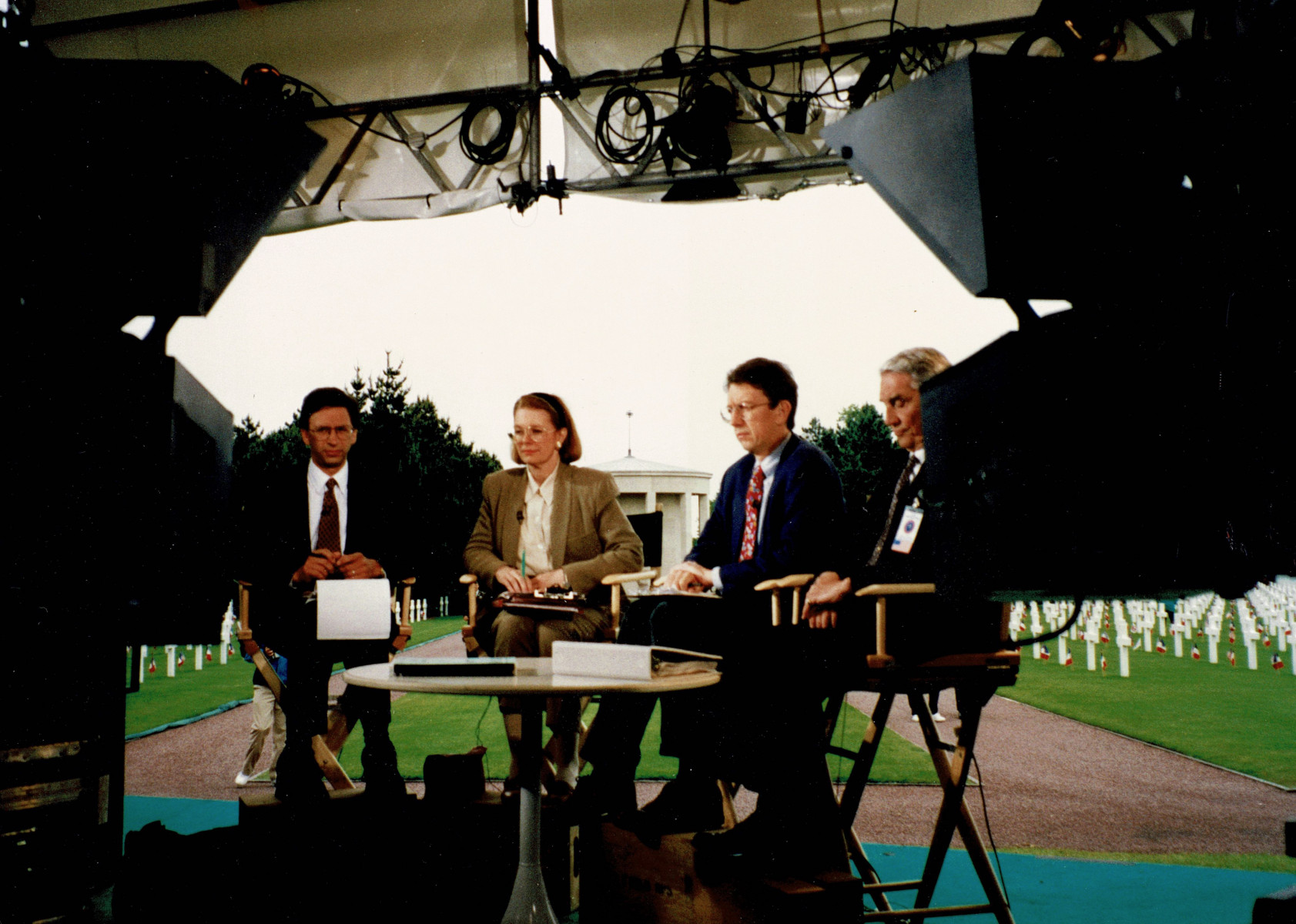
In 1984, Sesno was traveling all over America doing a series of specials for AP when he moved on to working at CNN. “In October of 1984, CNN was hiring people who had great faces for radio, and I was one of them,” Sesno said with a laugh. The world was just getting cable during that time and CNN was not making a profit, being only 4 years old. While at first, no one was watching cable TV, soon, the world was watching.
He walked further up memory lane and palpably remembered the words, “Mr. Gorbachev, Tear Down This Wall!” as if it had been imprinted on his memory from 1987. In fact, his mind is deeply imprinted by all the experiences he has had as a journalist that he would not trade for anything. It was not until 1989, when he was working as the White House Correspondent for CNN, when he was amazed to see the Berlin Wall come down.
“Sometimes I feel a little like Forrest Gump to realize that I was there for these amazing things. I still feel that way as I still do some of that,” said Sesno, with a hint of wonder to his voice.

To have had a career spanning over three decades – having his own talk show, “Late Edition with Frank Sesno” for 7 years, winning an Emmy Award among several other accolades, and covering some powerful stories of strength and heroism – Sesno has become more hopeful about the future of the world.
Standing at the West End of the Capitol building White House, Sesno remembers seeing America’s first black president-elect take the oath of office in front of a gigantically diverse audience. As President Obama reflected on the experience this country had gone through, Sesno said he felt spellbound: “To see this country elect somebody named Barack Hussein Obama was a phenomenal moment in history.”
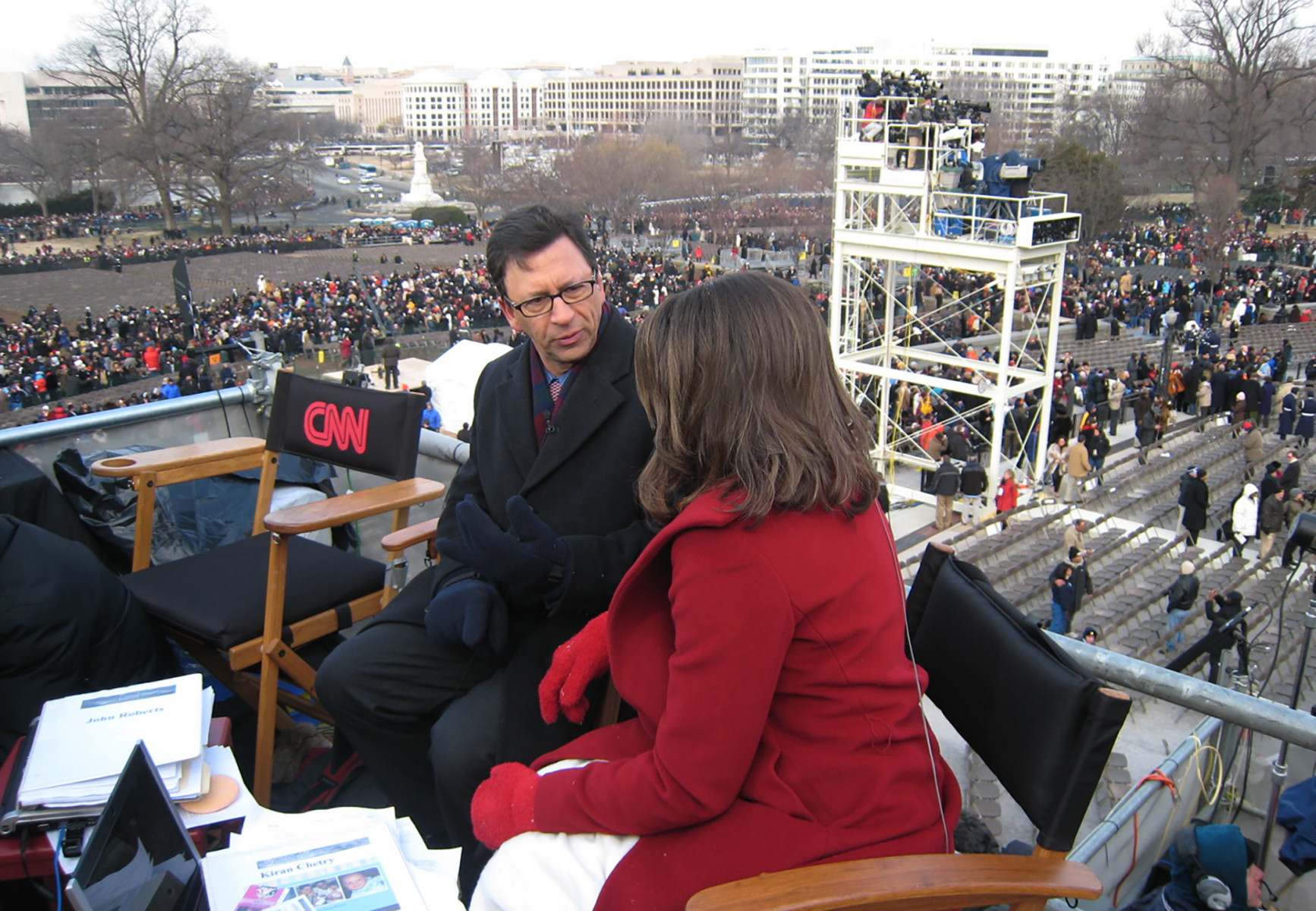
Sesno has no doubts about the impact storytelling can have on people to continue to find smarter and innovative solutions for problems the world is facing today.
“Human beings are an ingenious species,” Sesno said, talking about harnessing the power of humankind. “We defy gravity every day. Nobody would have imagined these things.”
As Planet Forward continues to grow, Sesno said: “To me, having a project like Planet Forward is a win at so many levels. The students win as they tell a story that empowers so many people. The university wins as it uses its platform to positively influence those students and the wider community. The community wins as it gets information through the storytelling from students.
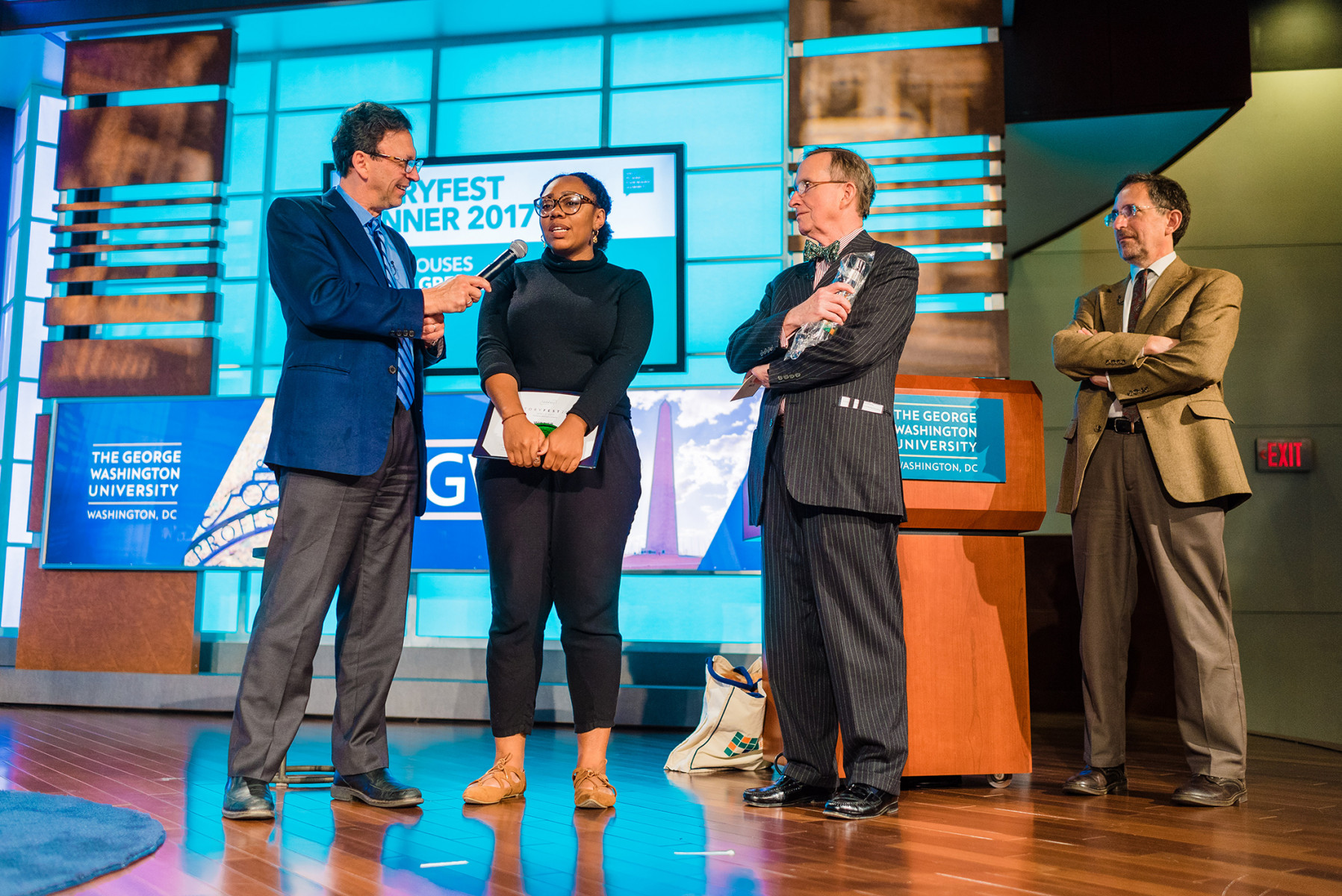
“I win because I get to be the orchestral leader of the most inspirational and interesting experiment I can imagine.”
As a dedicated storyteller, Sesno continues to inspire young people to address the challenges of feeding and saving our planet. By combining intellect and imagination, Sesno intends to create an experience that will both inform people and engage them. He continues to share ideas and innovations of people who are doing amazing things to inspire them. As he wound down narrating his story, he mentioned something he wants people to remember: that times are desperate for our planet.
“The clock is ticking. But first, know that (climate change) is the challenge of our times,” he said, closing his travel diary. “Second, don’t give up. And go to work.”